Portfolio
Visual Art
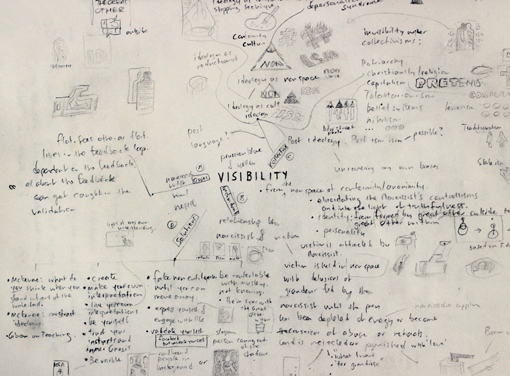
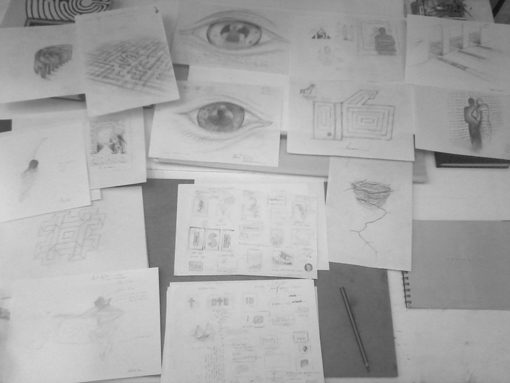
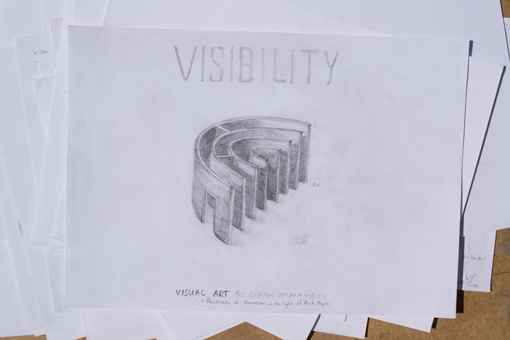
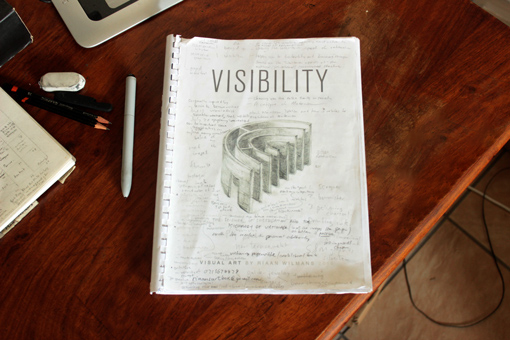
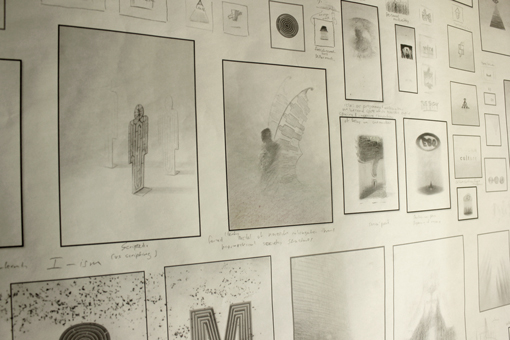
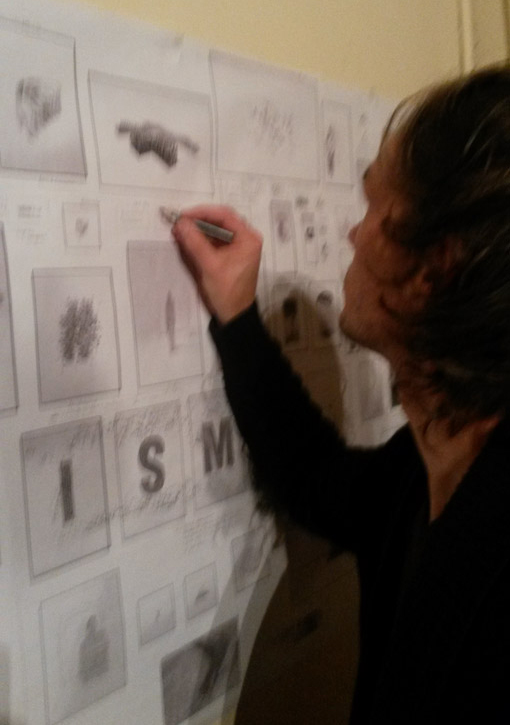
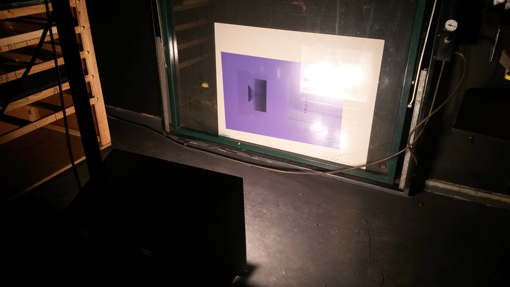
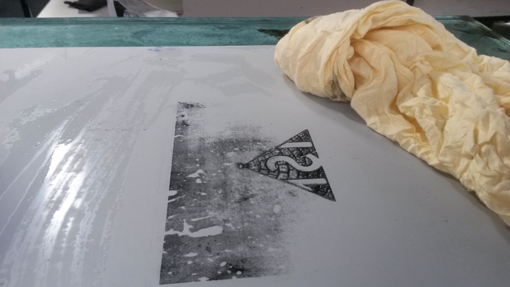
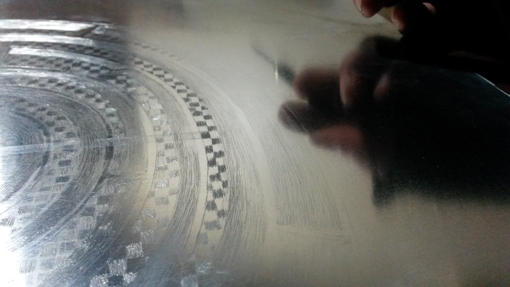
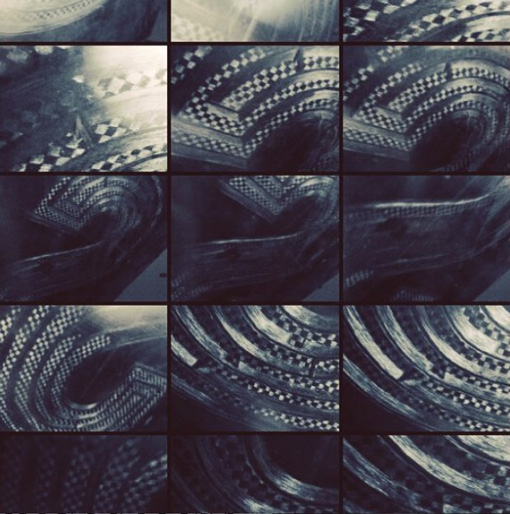
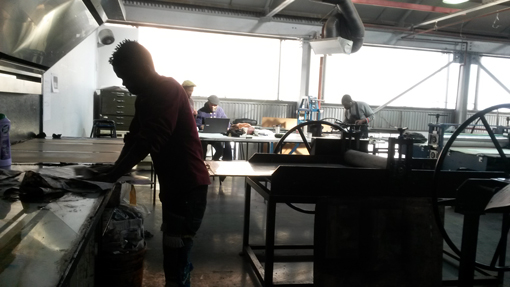
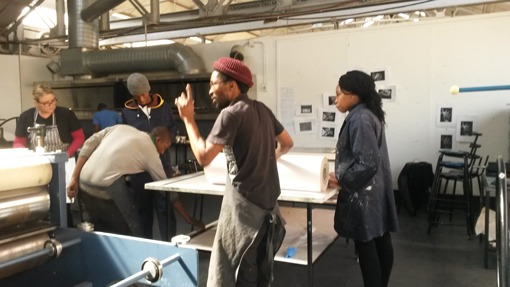
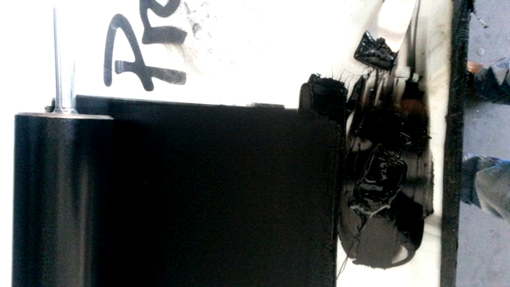
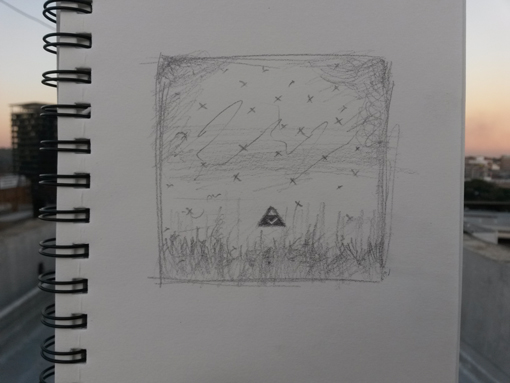
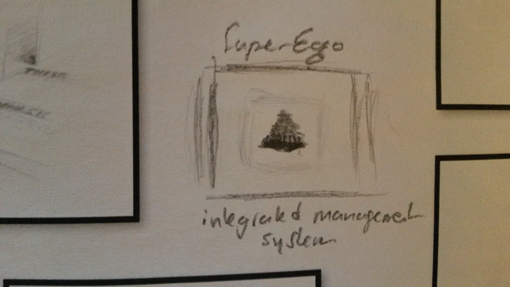
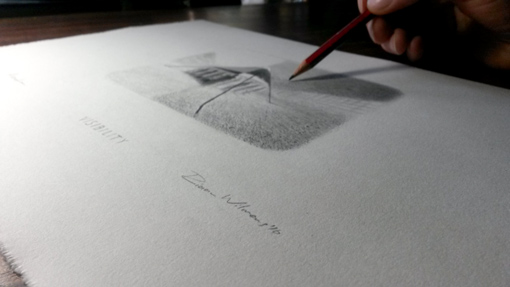
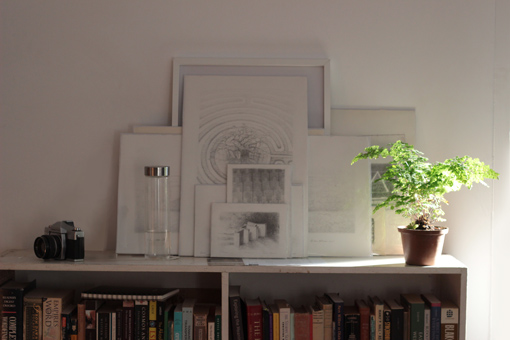
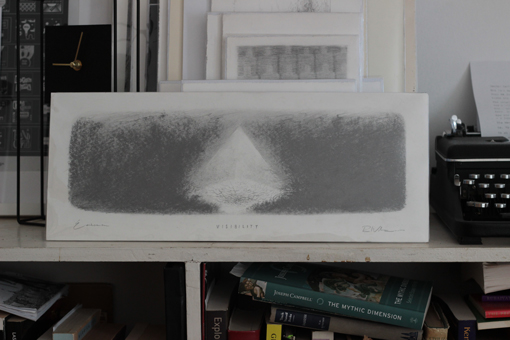
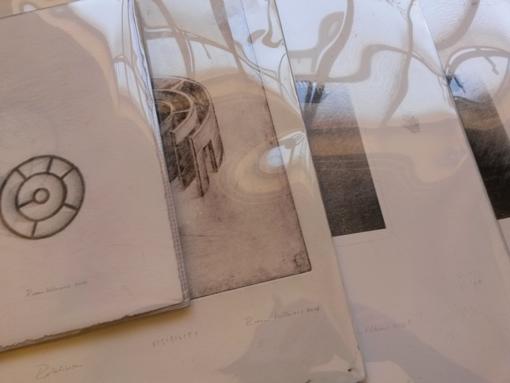
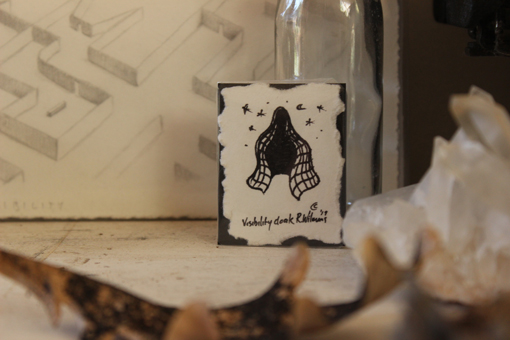
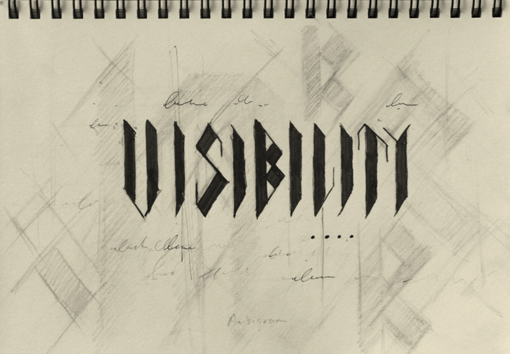
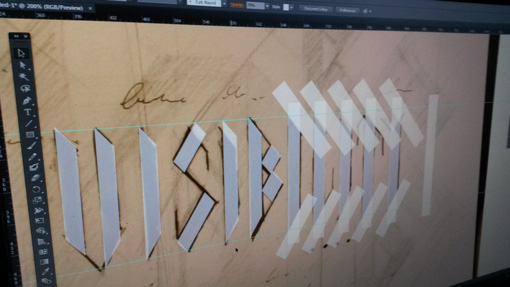
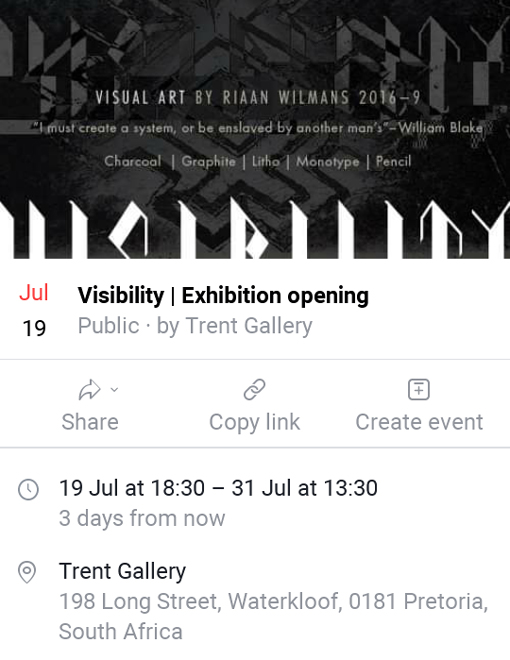
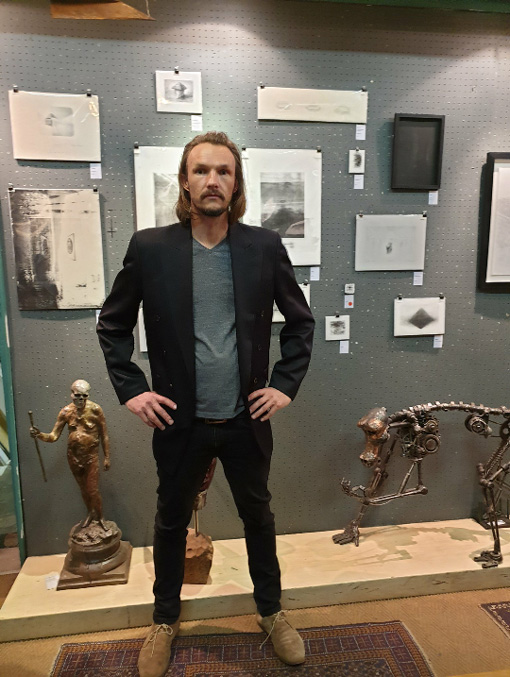
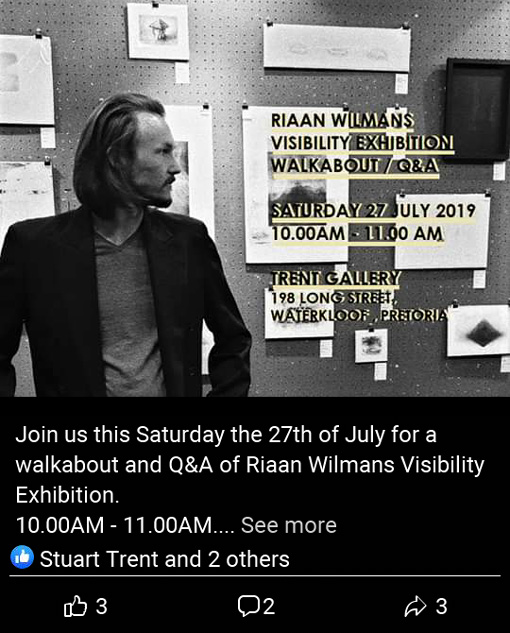
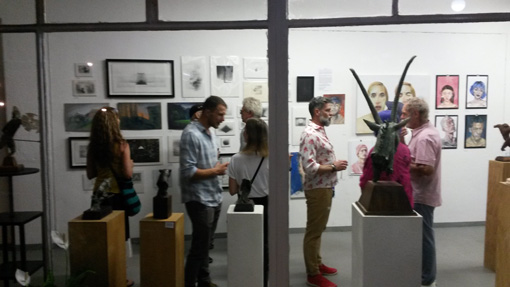
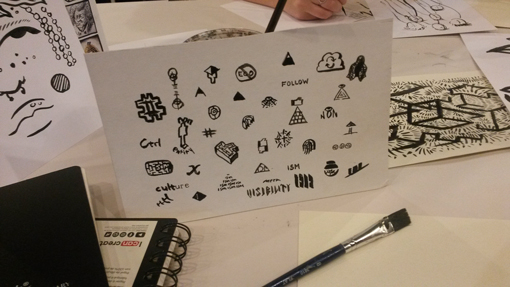

Project Title
Visibility
Brief Overview or Introduction
Summary: Visibility is a visual art personal project, based on the notion of visibility from various viewpoints.
Rationale: The Visibility work is a continuation of artwork I did as a child which had the central theme of unease with my cultural context, by making a body of work about my personal struggle against patriarchal oppression of emotion and the human interiors, and the hieriarchical oppression by the so-called superiors, and the religious suppression and denial of the instinctive self, the pedagogy of the oppressed (to use Freire’s term) at school where we were told what and how to think instead of motivated to think for ourselves, the materialistic rational and factual scientific zeitgeist of the world at large, the capitalistic worker persona identity, the totalitarianism of the state and the resultant political self, the isms of academia, all of which can be seen as notions which detract from the true and latent self which wants to come into life in a depth psychology process of making the unconscious visible through spontaneity,
authenticity, vulnerability, and connection, by imposing an authority over the individual which is eventually integrated as the super-ego, and kept in check through social proof.
However, with conformity valued in traditional society where authority is generally respected and the group is more important than the individual, in stark contrast is individuality valued in modern society above group cohesion. This body of work explore the self and the community along the axis of consciousness development, tracing the self and the community from the ethnocentric/traditionalist, to the worldcentric/modernist/individualist consciousness structures. These two stages can also be summarised as the mythic and the rational, and the overlap where the transition is made from the one to the other is called the mythic-rational. These consciousness structures and their development are obtained from the work of cultural historian Jean Gebser, and reiterated by contemporary theorist of the evolution of human consciousness, Ken Wilber. According to Wilber, most of the world’s society is in the mythic to rational stages, with one foot in religious tradition and the other foot in scientific modernism. It is here where the Visibility work also finds its foothold and aims to map the route from invisibility through conformity, to visibility as individual.
Visibility is a visual art body of work by Riaan Wilmans extending across three years from 2016 to 2019, made in charcoal, graphite, lithograph and monotype, on acid-free Fabriano and BFK Rives paper. The form language is an exploration of surface texture in search of a fitting grungy aesthetic to compliment the theme which speaks a lot about conformity and makes use of copying an image to the point where its authenticity or originality is almost lost; alluding to the copying of identity from one’s culture. There is also a balance between the absence and the presence of form–this extends into the absence and presence of information and the question is implied, how visible should the concept be in art to be deemed art and not visual communication, and how visible or invisible should an individual be toward other; how much of one’s mind and one’s emotions should one permeate into the realm of space-time? It goes deeper than that; how much should one lean toward one’s inner world and pull out dreams, fantasies, spontaneous writing, spontaneous painting, and make that visible in the world?
In working with the theme of Visibility, I approached it through the lenses of various disciplines:
Psychologically, it addresses relationships characterised by dominance and subjugation, highlighting the yearning for individual recognition and autonomy.
Philosophically, a theory of visibility critiques the hegemony of monism—the idea that there is a singular truth or perspective on reality that subsumes all other viewpoints, representing a form of totalism.
Politically, a proposal for visibility addresses the dynamics of authoritarianism and totalitarianism in contrast to the principles of democracy and personal freedom.
From political science, historical, and anthropological perspectives, colonialism often involved the imposition of the coloniser’s worldview and the marginalisation of the colonised’s reality, effectively establishing a monistic framework that privileged the hegemon’s perspective over the self-other dialectic.
Sociologically and historically, it showcases the dangers of groupthink, best encapsulated by movements such as fascism.
In art, my theory of visibility critiques monism, which subsumes all other options or viewpoints, by scrutinizing the dominance of visual representation and single perspectivism.
I decided to work with monism as a theme and was able to trace the presence of monism in the traditional (religious), modern (scientific), and postmodern (social) consciousness structures as delineated by Integral thought leaders such as Jean Gebser, Ken Wilber, Richard Tarnas and Stanislav Grof. It is due to this decision to work with monism as the theme which inform the body of work as a whole, which also informed my decision to work in monochrome. Monism comes from the Greek ‘monos’, meaning: ‘single’, and my usage of monism in this body of work relates to Peter Sloterdijk’s notion of an overarching meta-narrative in a single semiosphere, or what Sloterdijk calls a ‘bubble’. Monism, in particular, can be seen as the shared limiting trait of traditional, modern and postmodern consciousness, says Wilber; himself a proponent of the Integral movement. One would expect that monism dissipated with postmodern pluralism, while in further inspection monism still seems to be pulling the strings in post-modernity, he writes in A Theory of Everything. In postmodern philosophy, everyone’s worldview is just opinion and relative, except its own presupposition (that everything is relative) which is to be taken as absolutely true… This ‘performative contradiction’, to use Ken Wilber’s term, can also be seen in the Visibility work which itself is intended to be a postmodern critique of religious and scientific monism while ironically employing monism itself through the usage of a single visual perspective as a visual device and literalism as a literary device, and monochrome as an artistic device. This contradiction can also be labelled a ‘double irony’ to paraphrase my friend Nicolaas Steenekamp, which implicates me as an artist in my own critique and underscores the difficulty of overcoming single perspectivism. Ken Wilber calls it a ‘momentous leap’ from 1st tier consciousness (which includes the archaic, magic, mythic, traditional, modern, postmodern structures), to 2nd tier consciousness (integral, transpersonal and potentially higher states and stages), due to the development of a self with a value system that overcomes egocentric as well as ethnocentric biases to a world-centric value system that empathises with cosmologies outside of one’s own. According to Wilber it is only in the 2nd tier consciousness structure where the monist / absolutist / ethnocentric / ‘we are right and everybody else is wrong’ stance, gives way to an other than itself. Integral and transpersonal is therefore maybe more of an attitude than a worldview; an attitude that venerates and tries to integrate the mystery of an other instead of only peddling its own narrative and could therefore perhaps be called an attitude of radical openness, I suppose.
I understand the utility of conformity,
but my intuition is to individuate
Under monism, neither the mystery of the self nor the mystery of the other can reveal itself through it’s own inherent teleological process also called the process of individuation as explained by Jung and Neo-Jungians such as James Hillman. There can also be no authentic dialogue between a self and an other, I and Thou, Buber said, there can only be cognitive reflection of social blueprints of the reality informed by the larger semiosphere (maze) and there can only be flat maze people who conformed so much to their maze map that they lost their depth as they sublimated their sense of self into the monism of the belief structure and power complex (pyramid) which they bought into. The danger however with the decision to become visible for who one latently is, even though there is ownership of personal responsibility and an assertion of one’s own ontology, cosmology and narrative in the world which is great, do one stand the danger of doing it in a manner where one reverses the master/slave dichotomy (Nietzsche) imposed by monism in becoming the hegemon oneself, underscoring the need for a social construct of some sort to navigate in with other which mitigates this pendulation from oppressed to oppressor, to use Freire’s terminology.
This dialectic between authoritarianism and submission (psychology), structure and void (philosophy), mystery and clarity (art and design), society and deep instinctive self (psychology), two political states fighting for hegemony (politics), or two worldviews each claiming absolute truth (sociology and philosophy), is something I am still thinking and reading about and is exploring and discussing with other in preparation for my next body of work called: Being & Representation.
I did however—through the journey of working on the Visbility work—discover that the common thread, which I thought was monism, can more accurately described by, what Riane Eisler calls, dominator culture as opposed to participatory culture. Where domination of one over another is seen as normal and the otherness of the other is subsumed by the so called authority of the dominator. Nietzsche also referred to this dynamic when he spoke about master and slave morality. In that sense the body of work became a study of morality as opposed to a metaphysical and ontological study.
The conclusion of the body of work, as also concluded by Wilber, is that the mythic-rational are both constrictive in the sense that it is a flattened representional version of reality which by nature of its rigidity, its concreteness, demands conformity to this one absolutistic and so-called true version of reality, and that the opening toward true otherness, true discovery, is perhaps only possible after modernistic and pluralistic
stages of human consciousness evolution where one can ultimately fuse the two forces from inside and outside in a sacred marriage; a Hieros Gamos of sorts, a marriage of the needs of the true inner world, with the true needs of the world and earth at large. The goal, according to Wilber, is to grow and not to leave one’s true self behind, but to transcend and include even the consciousness structures before mythic-rational, namely the archaic, magic and mythic, where emotion, fantasy and self that reveals itself in depth psychology and soulwork can be found.
Project goals: Complete a body of art including the following:
- Concept sketches
- A rationale in writing
- Graphite sketches
- Charcoal sketches
- Litho prints
- Monotype prints
- Drypoint etches
- Photographs of the individual works
- Package the work in sleeves
- Exhibit the artwork
- Sell the remaining work online
- Use the body of art as personal vessel to individuate
- Use the body of art to develop artistically
- Compile the body of work and the rationale in an artist book.
Collectors: Melissa, Stuart, Dawie, Sam, Emily (x2), Luitjie (x2), Kruger, Melìsa (x2), Morné, Johan, and Linda.
Problem: The cost of framing was bypassed by packaging the sketches in translucent plastic sleeves.
Role
Responsibilities: Creative production, framing or housing in sleeves, photography, documentation, marketing, and sales.
Process & Development:
Research: Initial research was conducted in various fields to gain an understanding of the notion of visibility, with a focus on the work of Ken Wilber, Carl Jung, Edward Edinger, James Hollis, James Hillman, Stanislav Grof, Robert J Lifton, and Riane Eisler.
Conceptualisation: The initial concepts were drawn on acidic paper in Majak Bredell’s studio in Kampersrus.
Iterations: When she noticed the acidic paper she advised me to always work on acid-free paper and gave me a lot of acid-free BK Rives paper from the United States which I used to redraw most of the concepts, some of which became the final work.
Prototypes: The concepts were mediated through various mediums in search of a grungy texture due to copying and the loss of originality, which alludes to the loss of authenticity in mimicking others by integrating the social blueprints in one’s super-ego.
Final Solution/Design: The final solution was found in lithograph, which allowed me to dry a plate somewhat so that some of the image are not transferred and it became my medium of choice for the Visibility work. I completed the lithographs at Artist Proof Studio in Johannesburg with the help of master printers.
Tools & Technologies Used: An array of tools from physical to digital, including paper notebooks, pencils, acid-free paper, charcoal, monotype ink and press, drypoint ink and press, lithograph ink, plates, light-sensitive fluid, transparencies and a lithograph press.
Results & Impact: I eventually exhibited the work at an August House Open Studios event and sold 1 work, at Trent Gallery in 2019 and sold 11 works. After that I exhibited the Visibility work at Respek Gallery, and at a house viewing event.
Testimonials or Client Feedback: The late and most loved Andre Naude said ‘the Visibility work is too representational’, but he liked the markmaking. ‘Attack the image’, he said. I also discussed my art with Jake Singer: ‘work is good enough, but find fluidity/loosen up’ he said. Rhett Martyn: ‘like it, but work bigger’. William Kentridge: ‘Well done … what happens when you remove the idea from the drawing?’ Gordon Froud: ‘metaphysics could be your voice, but don’t overdo it’, and Johan Stegman: ‘I like the subject matter, it’s a thin line between too much and too little mediation’. Ashraf Jamal says that this body of work shows tremendous skill and that he likes the monochrome.
Challenges & Learnings: Balancing meaning-making with making profit was challenging and the learning was to increase the cost of the final work and find alternative methods to capitalise on the copyright ownership of the works and also to work much bigger.
Call to Action: View the available work in the Shop section of this website, or request a pricelist at art@riaanwilmans.co.za, or organise an exhibition, or request high-res images and permission for a publication.
References:
Freire, P. (1970). Pedagogy of the Oppressed. New York: Continuum.
-
- Freire’s seminal work discusses education, power dynamics, and the oppressed, which is directly referenced in my critique of traditional education and societal hierarchies.
Gebser, J. (1985). The Ever-Present Origin. Athens: Ohio University Press.
-
- Gebser’s theory of consciousness structures (archaic, magic, mythic, rational, etc.) is foundational to my exploration of societal and individual development.
Wilber, K. (2000). A Theory of Everything: An Integral Vision for Business, Politics, Science, and Spirituality. Boston: Shambhala Publications.
-
- Wilber’s integral theory and exploration of first- and second-tier consciousness inform much of my discussion on the mythic-rational, monism, and transcendence.
Wilber, K. (1995). Sex, Ecology, Spirituality: The Spirit of Evolution. Boston: Shambhala Publications.
-
- A deeper look into Wilber’s integral philosophy, exploring consciousness evolution and the integration of self and community.
Hillman, J. (1996). The Soul’s Code: In Search of Character and Calling. New York: Random House.
-
- Hillman’s neo-Jungian analysis, focusing on the importance of soul and individual destiny, supports my exploration of depth psychology and the process of individuation.
Nietzsche, F. (1887). On the Genealogy of Morality. Cambridge: Cambridge University Press.
-
- Nietzsche’s exploration of master-slave morality is integral to my examination of hierarchical dynamics in society and culture.
Buber, M. (1958). I and Thou. New York: Charles Scribner’s Sons.
-
- Buber’s work on dialogical relationships and the importance of authentic interaction between the self and the other directly relates to my reflections on self-other dynamics.
Grof, S. (1985). Beyond the Brain: Birth, Death, and Transcendence in Psychotherapy. Albany: State University of New York Press.
-
- Grof’s work in transpersonal psychology complements my discussion on consciousness and the evolution of self, as well as depth psychology.
Eisler, R. (1987). The Chalice and the Blade: Our History, Our Future. New York: HarperCollins.
-
- Eisler’s theory of dominator versus participatory cultures provides context for my critique of social hierarchies and domination in traditional and modern societies.
Sloterdijk, P. (2011). Bubbles: Spheres I: Microspherology. Cambridge, MA: MIT Press.
-
- Sloterdijk’s exploration of the “semiosphere” or “bubble” provides theoretical background for my examination of monism and the societal structures shaping individual consciousness.
Tarnas, R. (2006). Cosmos and Psyche: Intimations of a New World View. New York: Viking.
-
- Tarnas’s work on the intersection of culture, history, and consciousness is relevant to my discussion of monism and the influence of overarching narratives in shaping human perspectives.
Portfolio
Visual Art
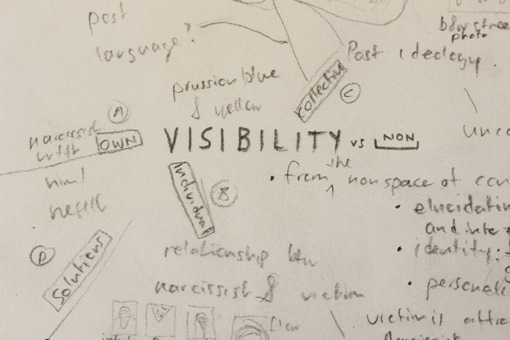





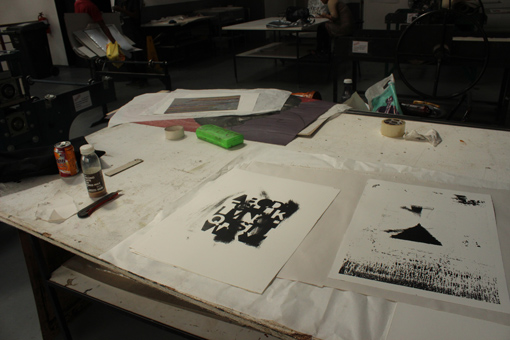
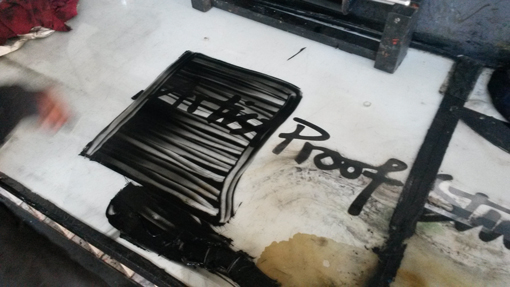











Project Title
Visibility
Brief Overview or Introduction
Summary: Visibility is a visual art pesonal project, based on the notion of visibility viewed from various viewpoints. Psychologically, it addresses relationships characterised by dominance and subjugation, highlighting the yearning for individual recognition and autonomy. Philosophically, it critiques the hegemony of monism; the idea that there’s a singular truth or perspective of reality that can be mediated and understood by many. Politically, it addresses the politics of authoritarianism and totalitarianism. Sociologically, it showcases the dangers of groupthink, best encapsulated by movements like fascism. In art, it scrutinizes the dominance of visual representation.
Project goals: Complete a body of art including the following:
- Concept sketches
- A rationale in writing
- Graphite sketches
- Charcoal sketches
- Litho prints
- Monotype prints
- Drypoint etches
- Photographs of the indivisual works
- Package the work in sleeves
- Exhibit the artwork
- Sell the remaining work online
- Use the body of art as personal vessel to individuate.
Collectors: Melissa, Stuart, Dawie, Sam, Emily (x2), Luitjie (x2), Kruger, Melìsa (x2), Morné, Johan, and Linda.
Problem: The cost of framing was bypassed by packaging the sketched in translucent plastic sleeves.
Role
Responsibilities: Creative production, framing or housing in sleeves, photography, documentation, marketing, sales.
Process & Development:
Research: Intial research was conducted in various fields to gain an understanding of the notion of visibility, with a focus on the work of Ken Wilber, Carl Jung, Edward Edinger, James Hollis, James Hillman, Stanislav Grof, Robert J Lifton, and Riane Eisler.
Conceptualisation: The intial concepts were drawn on acidic paper in Majak Bredell’s studio in Kampersrus.
Iterations: When she noticed the acidic paper she advised me to always work on acid-free paper and gave me a lot of acid-free BK Rives paper from the United States which I used to redraw most of the concepts, some of which became the final work.
Prototypes: The concepts were mediated through various mediums in search of a grungy texture due to copying and the loss of originality, which alludes to the loss of authenticity in mimicing others by integrating the social blueprints in one’s super-ego.
Final Solution/Design: The final solution was found in lithograph, which allowed me to dry a plate somewhat so that some of the image are not transferred and it became my medium of choice for the Visibillity work. I completed the lithographs at Artist Proof Studio in Johannesburg with the help of master printers.
Tools & Technologies Used: An array of tools from physical to digital, including paper notebooks, pencils, acid-free paper, charcoal, monotype ink and press, drypoint ink and press, lithograph ink, plates, light sensitive fluid, transparencies and a lithograph press.
Results & Impact: I eventually exhibited the work at Trent Gallery and sold 11 works.
Testimonials or Client Feedback:Andre Naude said ‘the Visibility work is too representational’, but he liked the markmaking. ‘Attack the image’, he said. I also discussed my art with Jake Singer: ‘work is good enough, but find fluidity/loosen up’ he said. Rhett Martyn: ‘like it, but work bigger’. William Kentridge: ‘Well done. What happens when you remove the idea from the drawing?’. Gordon Froud: ‘metaphysics could be your voice, but don’t overdo it’ and Johan Stegman: ‘I like the subject matter, it’s a thin line between too much and too little mediation’. Ashraf Jamal says that this body of work shows tremendous skill and that he likes the monochrome.
Challenges & Learnings: Balancing meaning-making with making profit was challenging and the learning was to increase the cost of the final work and find alternative methods to capitalise on the copyright ownership of the works.
Call to Action: View the available work in the Shop section of this website, or request a pricelist at art@riaanwilmans.co.za
